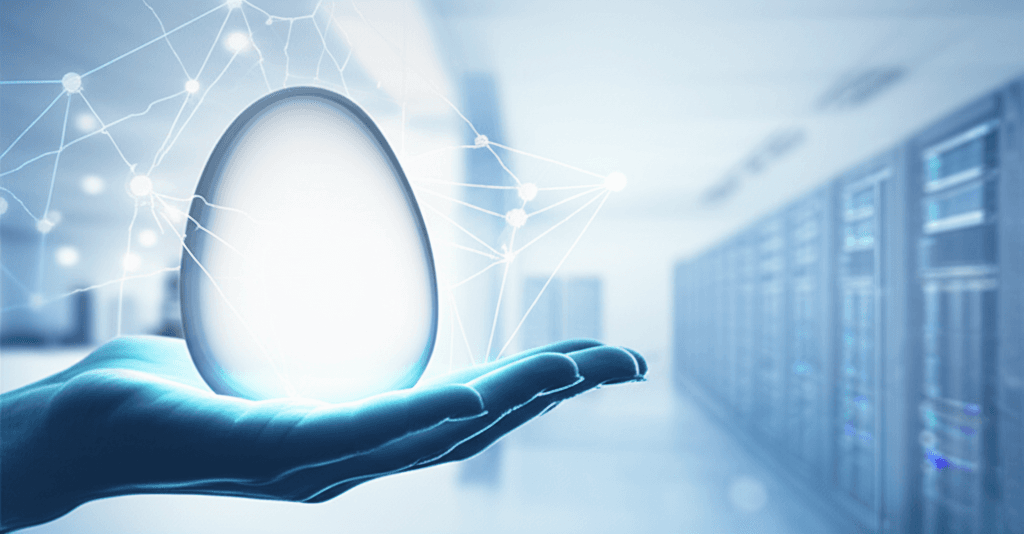OpenAI and Jony Ive Partner to Build Next-Gen AI Mobile Devices
OpenAI's bold hardware pivot: Jony Ive to design AI-native devices, redefining interaction for a post-smartphone future.
July 29, 2025

OpenAI, the company at the forefront of the generative artificial intelligence boom, is quietly assembling a team to build what it describes as the “world’s most innovative mobile devices,” a move that signals a significant strategic pivot from a software-focused entity to a vertically integrated AI powerhouse. Recent hiring activity, coupled with a landmark partnership with famed iPhone designer Jony Ive, has intensified speculation about the company's hardware ambitions. This foray into the fiercely competitive consumer electronics market represents a high-stakes gamble that a new kind of device, built from the ground up for AI, can redefine human-computer interaction and challenge the dominance of the smartphone. The effort is underpinned by a belief, increasingly voiced by CEO Sam Altman, that the full potential of AI cannot be realized on current hardware, which was designed for a world without artificial intelligence.[1][2]
The clearest evidence of OpenAI’s hardware plans comes directly from its career page, which features listings for specialized engineering roles.[3] The company is actively seeking senior software engineers with deep expertise in the Android ecosystem to build and maintain core features for the ChatGPT Android app.[4] The job descriptions go beyond simple app maintenance, calling for candidates to "build and ship new Android experiences that expand the boundaries of AI-powered mobile applications" and integrate "cutting-edge Android platform capabilities."[4] This focus on foundational improvements to the Android app, including performance optimization and architecture refinement, suggests a plan to create a deeply integrated, seamless AI experience on mobile. The hiring of an "Associate General Counsel, Hardware" further solidifies the company's commitment to developing physical products, indicating a long-term strategy that involves navigating the complex legal landscape of hardware development and manufacturing.[3]
Fueling the speculation is OpenAI's blockbuster collaboration with Sir Jony Ive, the design guru behind Apple's most iconic products, including the iPhone and iPad.[5][6] In a deal reportedly valued at a staggering $6.5 billion, OpenAI acquired Ive's new product and engineering company, io.[5][7][8] The stated goal of this partnership is to create a new family of AI-powered computers, combining Ive's minimalist design philosophy with OpenAI's advanced AI models.[9][8] Ive and Altman have been collaborating for at least two years, exploring what the next generation of AI-native hardware could look like.[8][10] While Ive will not become an OpenAI employee and his design firm, LoveFrom, will remain independent, he will lead the creative and design direction for both OpenAI and io.[5] The vision is for a device that is not necessarily a direct smartphone competitor but a "third core device"—a pocket-sized, screenless, and context-aware AI companion.[11] This ambitious project aims to create a more natural and intuitive interface for AI, moving beyond the screen-based interactions that dominate today's technology.[5][12]
This push into hardware reflects a significant evolution in CEO Sam Altman's thinking. Having previously suggested that new hardware wasn't essential for the AI revolution, he now argues that current computers are fundamentally ill-suited for the demands of an AI-first world.[13][14][1] Altman has stated that "what you want out of hardware and software is changing quite rapidly" and that the world is ready for a "fundamentally new kind of computer."[1][2] This vision extends beyond a single device to a broader hardware ecosystem, with Altman confirming that OpenAI is working on dedicated AI hardware and potentially even custom chips.[13] This hardware strategy is backed by an immense investment in computational power. Altman has revealed that OpenAI expects to have "well over 1 million GPUs" online by the end of 2025 and has challenged his team to scale that number by a factor of 100.[15][16] This massive infrastructure buildout, including the "Stargate" AI data center project in partnership with Oracle and Microsoft, underscores the company's belief that controlling the entire stack, from silicon to software, is necessary to win the AI race.[15][16][17]
The implications of OpenAI entering the mobile device market are profound, sending ripples across the tech industry. It represents a direct challenge to the duopoly of Google and Apple, who have controlled the mobile operating system and app store ecosystem for over a decade.[18][19] An AI-native device could potentially bypass traditional app stores and search engines, creating a new, more direct interface between users and the internet, with OpenAI positioned as the central gatekeeper.[11] This move validates the growing threat that AI poses to the incumbent tech giants, forcing them to deepen the OS-level integration of their own AI features to compete.[11] While the success of a new hardware category is far from guaranteed, OpenAI is betting that a compelling, beautifully designed product can create desire where none previously existed, much like the original iPhone did.[11] The project is not without its challenges, including a trademark dispute with a startup named IYO, but the company's direction is clear.[14]
In conclusion, OpenAI's deliberate move into hardware, evidenced by its strategic hiring and the monumental partnership with Jony Ive, marks a pivotal moment for the company and the AI industry at large. It is a transition from a research-oriented lab to a product-driven company aiming to control the entire user experience.[20] By building its own devices, OpenAI seeks to create a "walled garden" where its AI models are not just an application, but the fundamental operating system for a new kind of personal computing.[11] This ambitious gamble on a post-smartphone future, where interaction is conversational and ambient rather than screen-focused, could either fizzle out as another niche gadget or fundamentally reshape our relationship with technology, making AI an even more integrated and invisible part of our daily lives.[18]
Sources
[3]
[4]
[5]
[6]
[7]
[8]
[10]
[12]
[14]
[15]
[16]
[17]
[18]
[19]
[20]